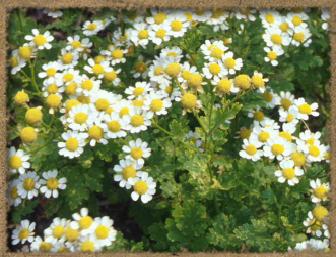


All herbs listed throughout this site are for Minnesota Hardiness Zones 4 and below.
Herbs do not have to be grown in a garden; you can grow some herbs in window boxes or even indoors. Growing herbs organically is a great way to have natural remedies at hand and you will be amazed at how well they can work.
One important thing to know about herbs is that they are not very demanding and will do well in ordinary soil as long as they have good drainage and at least a half day of sun. The majority will thrive in soil that is neutral to slightly basic and not very fertile. In fact, herbs will be more aromatic and flavorful if the soil is somewhat poor in nutrients. But well drained soil is important if your soil is compacted or contains heavy clay. You can improve drainage by adding compost.
You can easily start an herb garden by planting seedlings either directly outside in the garden or getting them started indoors. When planting indoors, most seedlings require 60° to 70° temperatures and lots of sunlight in order to grow to their potential. When planting outdoors, be sure the dangers of frost are over before planting or transplanting your herbs. Position the seedling into a hole so that it is the same depth it was in the container. Be sure none of the roots are exposed then gently pat the soil around your plant and water it enough to make the soil moist. (Over watering can rot your plants)Be sure to label your herbs, so you do not forget where the herbs are.
| 10 Common Herbs Grown in Minnesota | |
|---|---|
| Common Name | Plant Type |
| Basil | Annual |
| Caraway | Biennial |
| Catnip | Annual |
| Chamomile | Perennial |
| Chives | Perennial |
| Coneflower | Perennial |
| Dill | Annual |
| Garlic | Perennial |
| Tarragon | Perennial |
| Thyme | Perennial |
Using herbs In The Kitchen
Annuals
Biennials
Perennials